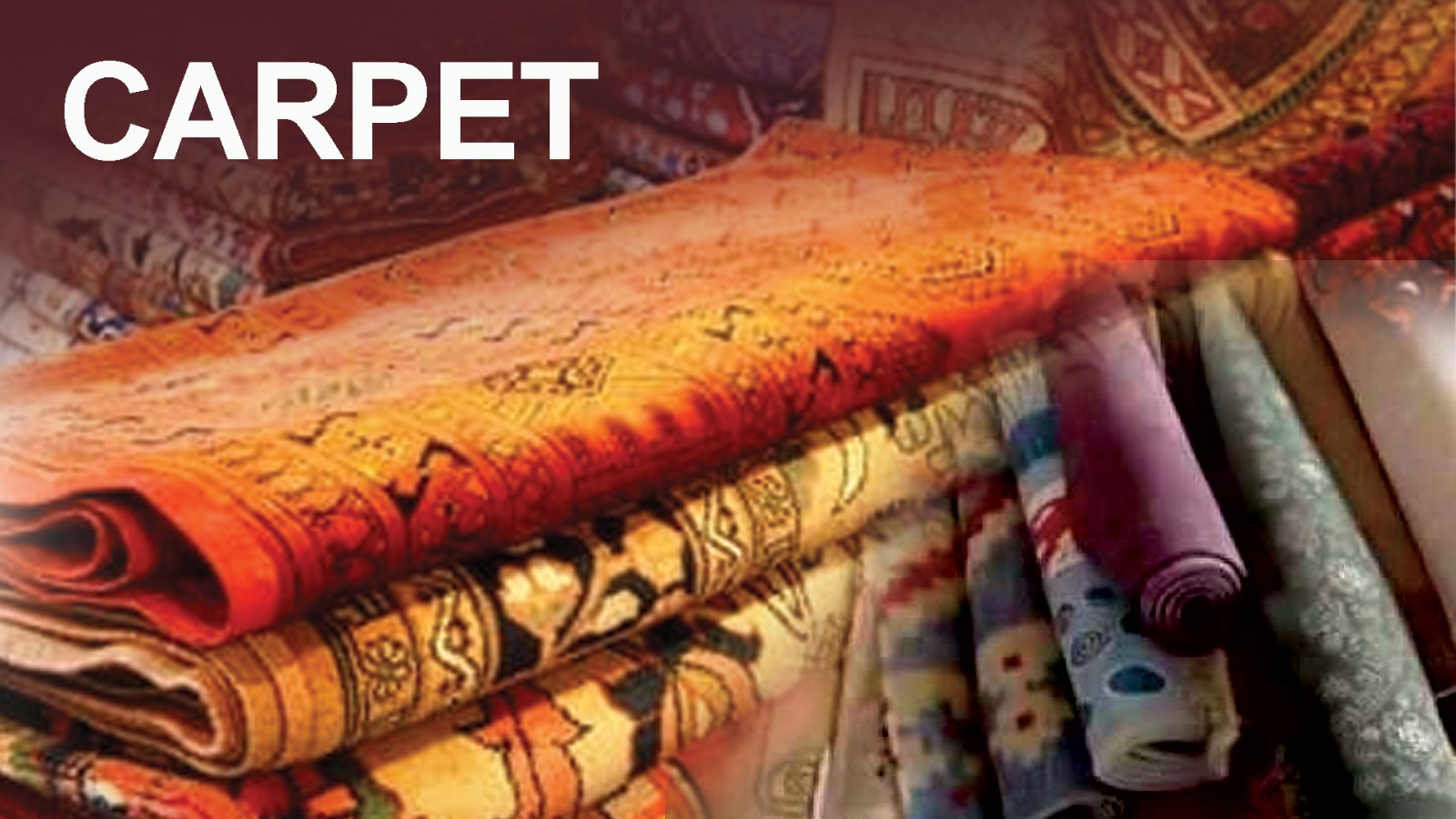- Z Street 16, Kathmandu 44600
- 014701019
- +977 9841587039
- [email protected]

Nepalese hand-knotted woolen carpet ranks 2nd in terms of overseas export. Carpet items exported from Nepal are coded under HS. Code 5701.10. The art of carpet weaving is an old tradition in the Himalayan Kingdom of Nepal, especially in the mountainous region of the country. Radi, Pakhi, Bakkhu, and Darhi are wellknown products produced in this region. Nepalese carpets are made of the highest quality fleece wool imported from Tibet, New Zealand, and Britain. These carpets are available both in natural dyes and synthetic dyes with 60, 80, and 100 knots per square inch density. Specialized manufacturers may make even 120 knots per square inch density and more. Nepalese carpets are of various size that normally ranges from 16"X16" to 9 feet X 12 feet. Nepalese hand-knotted woolen carpet is one of the major export products of unique qualities like texture, color combination, resiliency, strength, and durability. Designs are large and bold on a single dominant background. These carpets can be used either on the floor or hung on the walls. The production process of Nepalese carpets includes:
1) Wool sorting and washing
2) Carding
3) Spinning
4) Dyeing
5) Knotting
6) Trimming
7) Washing and drying
8) Finishing
9) Packing
The price of the Nepalese carpet basically depends on its quality standard, size, and design like other products. The Nepalese carpet industry is the backbone of the Nepalese economy. It is the highest industrial employment generator, particularly for the rural people who are illiterate or who are deprived of education, as well as the major foreign hard currency earner. Around 95% of the production of carpets is concentrated in the Kathmandu Valley and the rest is outside the valley. The export of Nepalese Carpet has spread over 40 countries out of which, Germany, USA, Belgium, Britain, Turkey, Switzerland, Japan, Spain, Canada, and Italy are the leading export markets. Among these too, the first two are the biggest export markets. Germany alone absorbs more than 45% of the total carpet export.
Copyright 2022 The WEB 3.0 Production Visit